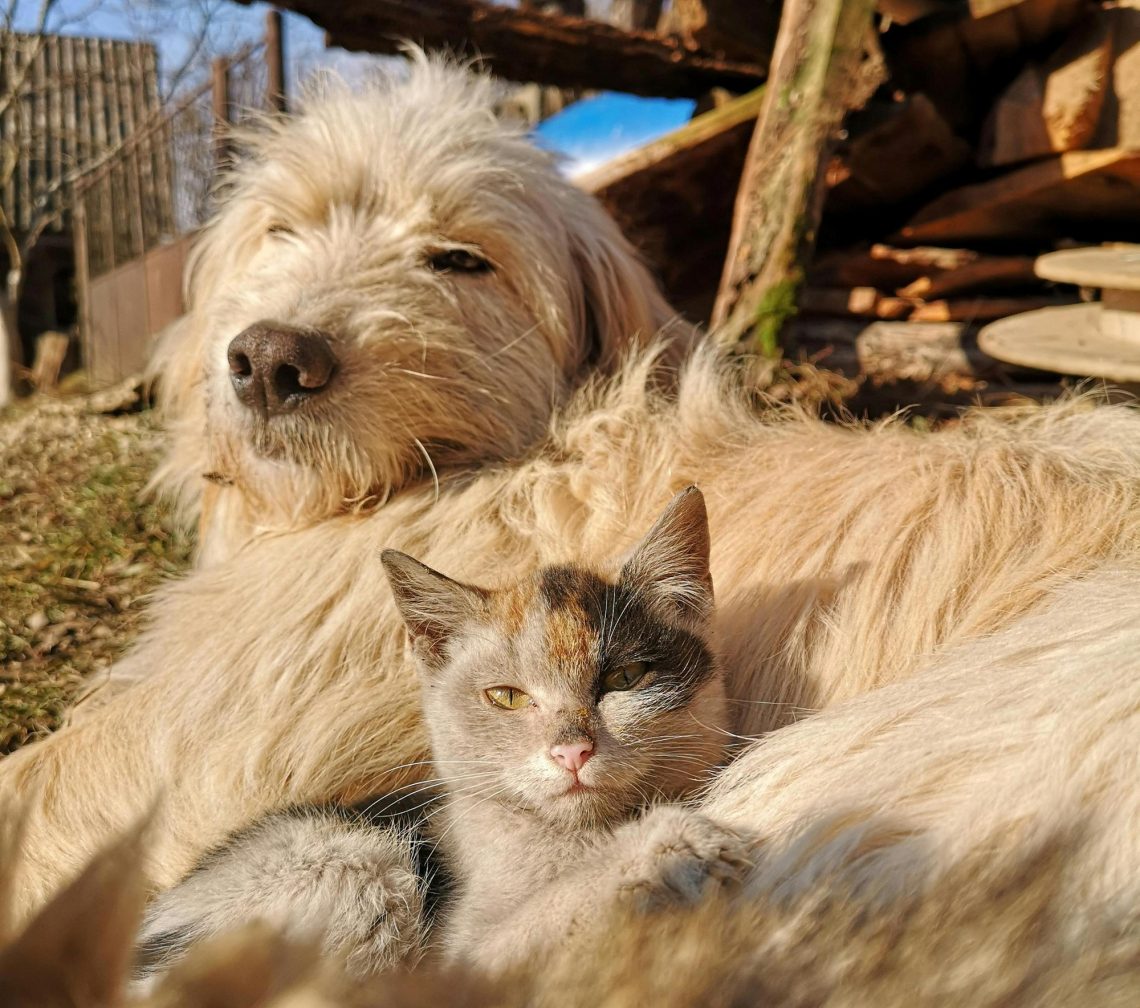
How to Nurture a Happy Pet: Tips for Dog and Cat Owners
Every pet owner dreams of having a happy pet. Whether you’re a proud dog parent or a devoted cat lover, ensuring your furry friend’s health, happiness, and wellbeing is key to a fulfilling relationship. In this guide, we’ll explore some practical tips for nurturing your pet and keeping that tail wagging or those purrs coming. Let’s dive in!
Understanding Your Pet’s Needs
To foster a happy pet, it’s essential to understand what makes them tick. Both dogs and cats have different needs, but they share some commonalities when it comes to health and happiness. A balanced diet, regular exercise, mental stimulation, and plenty of love are universal requirements for any happy pet.
1. Provide a Balanced Diet
Nutrition plays a critical role in your pet’s health. A well-fed pet is a happy pet! Choose high-quality pet food that meets the specific needs of your dog or cat. Look for foods that list meat as the first ingredient and avoid fillers like corn and soy. Consult your veterinarian to determine the best diet tailored to your pet’s age, breed, and activity level.
Tip: Consider adding fresh fruits and vegetables to your pet’s meals (in moderation, of course!). Carrots, blueberries, and pumpkin can be great additions that provide extra vitamins and keep your pet happy and healthy.
2. Regular Vet Visits
Routine check-ups are crucial for maintaining your pet’s health. Regular vet visits ensure vaccinations are up to date and help catch any potential health issues early on. Your veterinarian can provide you with advice on diet, exercise, and preventative care, keeping your pet on the path to becoming a happy pet.
Tip: Keep a calendar for your pet’s vaccinations and check-ups. This way, you’ll never miss an important appointment!
3. Exercise and Playtime
Both dogs and cats need regular exercise to stay fit and happy. For dogs, daily walks are essential. They not only provide physical activity but also mental stimulation through new scents and sights. For cats, interactive play sessions with toys like feather wands or laser pointers can help them burn off energy and stay engaged.
Tip: Try to incorporate playtime into your daily routine. It doesn’t have to be long; even 15-20 minutes of quality play can have a significant impact on your pet’s happiness.
4. Create a Stimulating Environment
A happy pet is often a stimulated pet. Boredom can lead to destructive behaviours in both dogs and cats. Make sure your home is a fun and engaging space for your furry friend. For dogs, consider puzzle toys that dispense treats. For cats, cat trees and scratching posts can keep them entertained and happy.
Tip: Rotate your pet’s toys regularly. This will keep their environment fresh and exciting, ensuring they remain engaged and happy.
5. Socialisation and Training
Social interaction is vital for a happy pet. For dogs, socialising with other dogs and people can help them develop confidence and reduce anxiety. Puppy training classes and dog parks are excellent places for socialisation. For cats, introducing them gradually to new pets or people can help them feel more secure and happy.
Training is also essential. Teaching your dog basic commands not only keeps them safe but strengthens your bond. Positive reinforcement is key; reward your pet with treats or praise when they follow commands.
Tip: Incorporate training into your daily routine. Short sessions can be more effective and fun for both you and your pet.
6. Quality Time and Affection
Never underestimate the power of love! Spending quality time with your pet is one of the best ways to ensure they are happy. Whether it’s snuggling on the couch, grooming, or simply being in the same room, your presence matters. Dogs are often more social and enjoy being part of the family, while cats may appreciate quieter companionship.
Tip: Create a routine where you spend dedicated time with your pet each day. This could be as simple as a morning cuddle or an evening walk.
7. Monitor Their Behavior
Keep an eye on your pet’s behaviour and habits. Changes in eating, sleeping, or playfulness can indicate health issues or stress. If you notice anything unusual, it’s essential to consult your veterinarian. Being proactive can help you maintain your pet’s happiness and wellbeing.
Tip: Keep a pet journal to track any changes in your pet’s behaviour or health. This can be useful for discussions with your vet.
8. Grooming and Hygiene
Regular grooming is vital for both dogs and cats. It helps maintain their coat and skin health and can prevent parasites like fleas and ticks. According to Animed vet Jess Simmonds, pet owners are advised to treat for fleas, ticks and worms regularly, under the guidance of their vet. Flea, tick and worming treatments are available in spot-on form, tablets or as a collar from Animed. Additionally, grooming can be a bonding experience that contributes to a happy pet. For dogs, regular baths and brushing are important. For cats, brushing helps reduce shedding and hairballs.
Tip: Make grooming a positive experience by using treats and praise. This will help your pet associate grooming with happiness.
Conclusion
Nurturing a happy pet involves understanding their needs and creating a loving, healthy environment for them. By prioritising their nutrition, health care, and overall well-being, you can help your dog or cat enjoy a fulfilling life. Keep in mind that a happy pet not only brings joy to your household but also enhances your own happiness. So, embrace the opportunity to shower your furry friend with love and watch them flourish!
Until next time.




